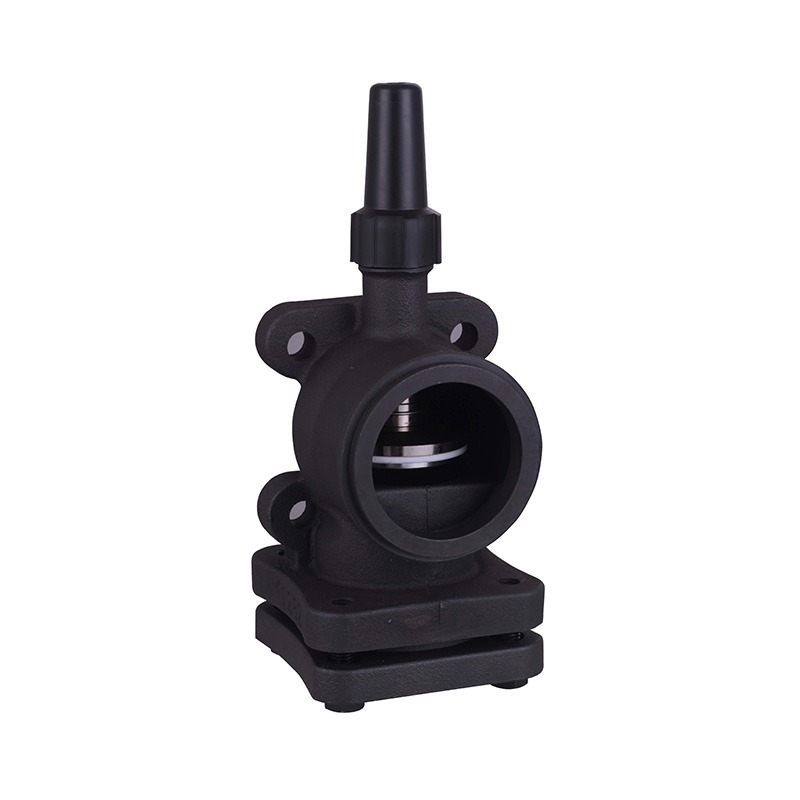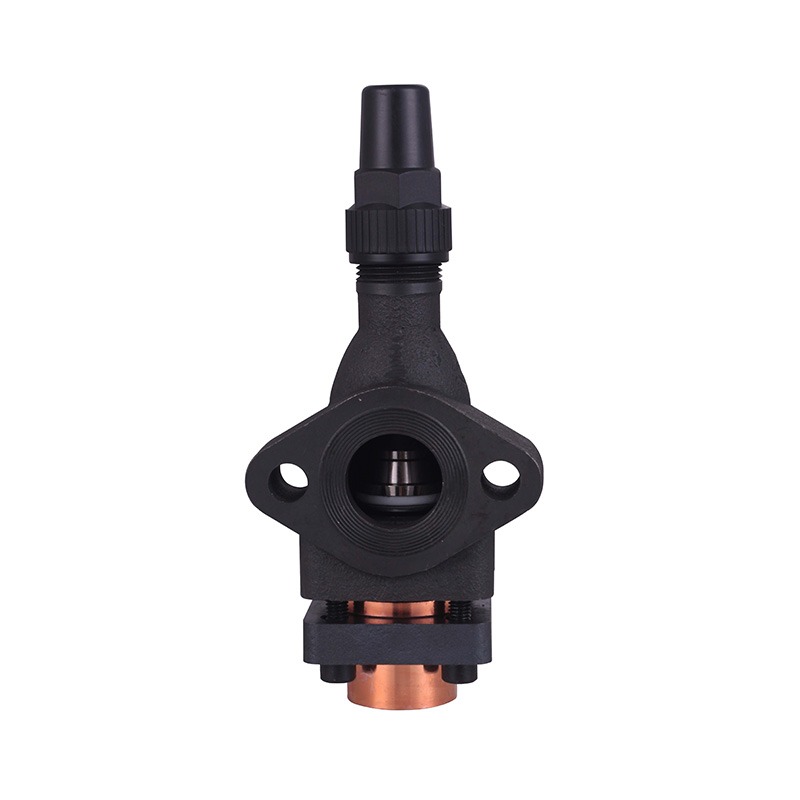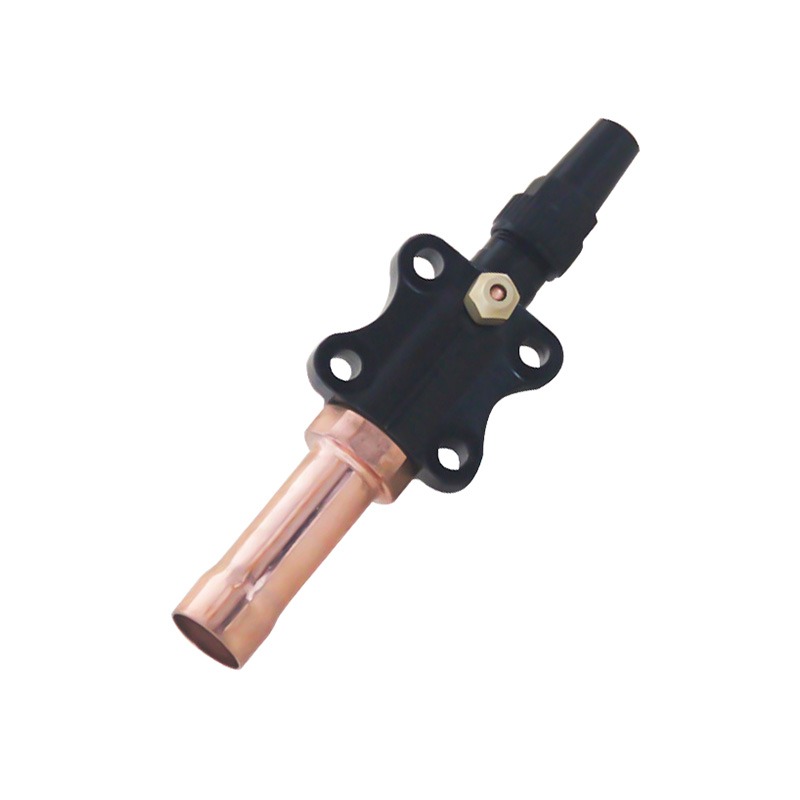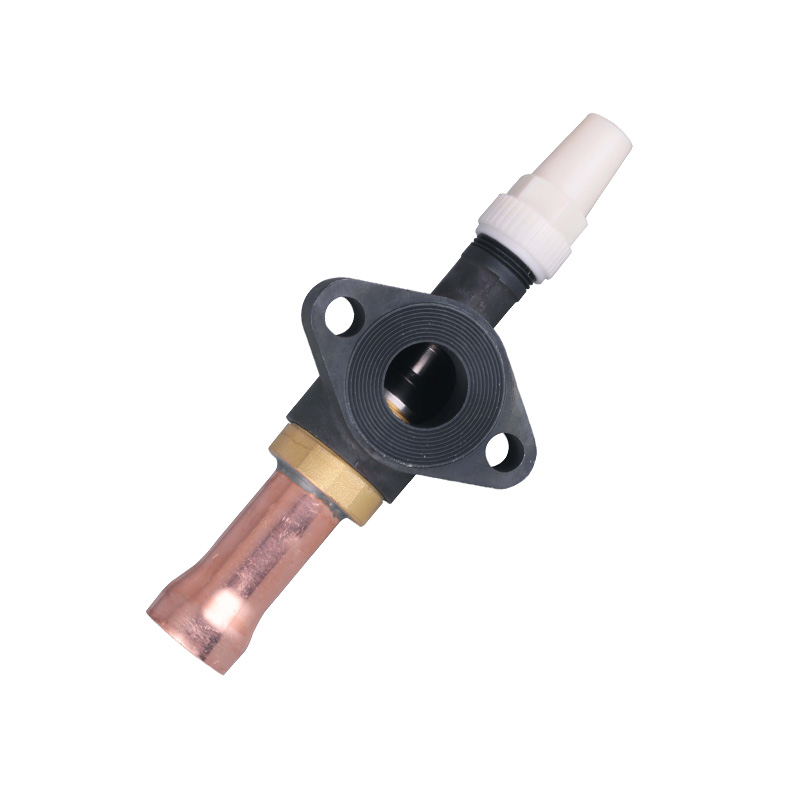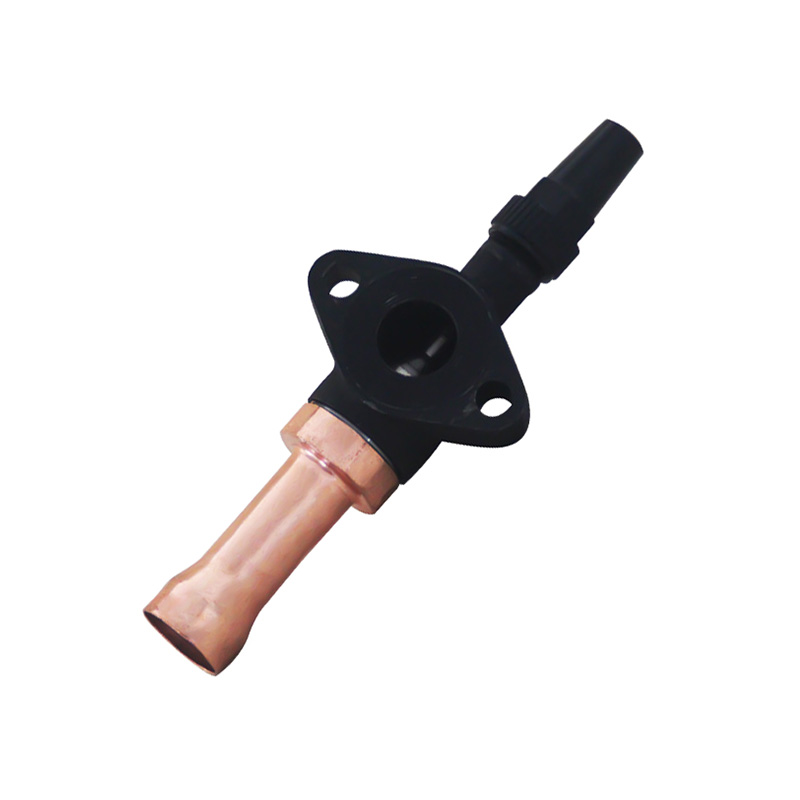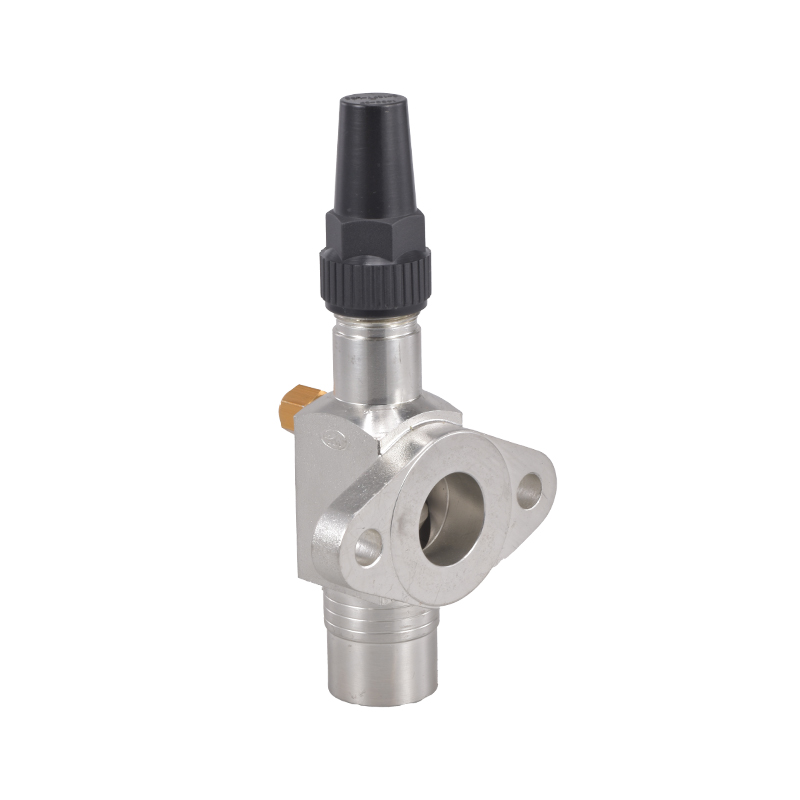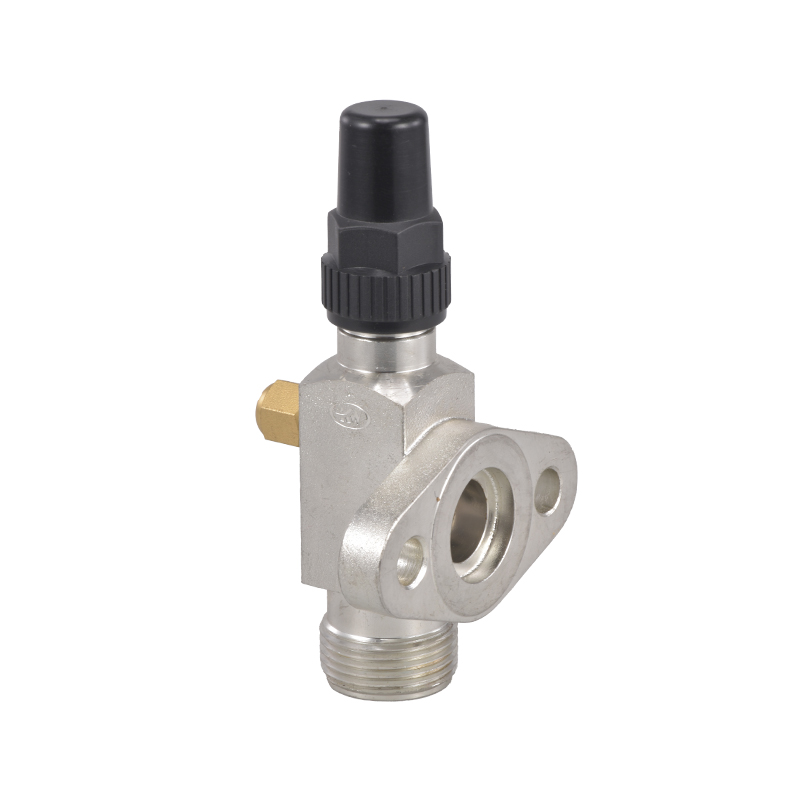Welded Ball Valve Offers Cost-Effective Solutions For Pipelines
 By Admin
By Admin
In industrial and commercial applications, the demand for reliable pipeline components continues to grow. One component that has gained attention for its efficiency and durability is the Welded Ball Valve. This type of valve is particularly valued for its ability to provide secure sealing and maintain integrity under varying pressures, making it suitable for long-term use in diverse systems. Industries that rely on precise fluid control, such as chemical processing and refrigeration, often integrate Welded Ball Valves to streamline operations while maintaining safety standards.
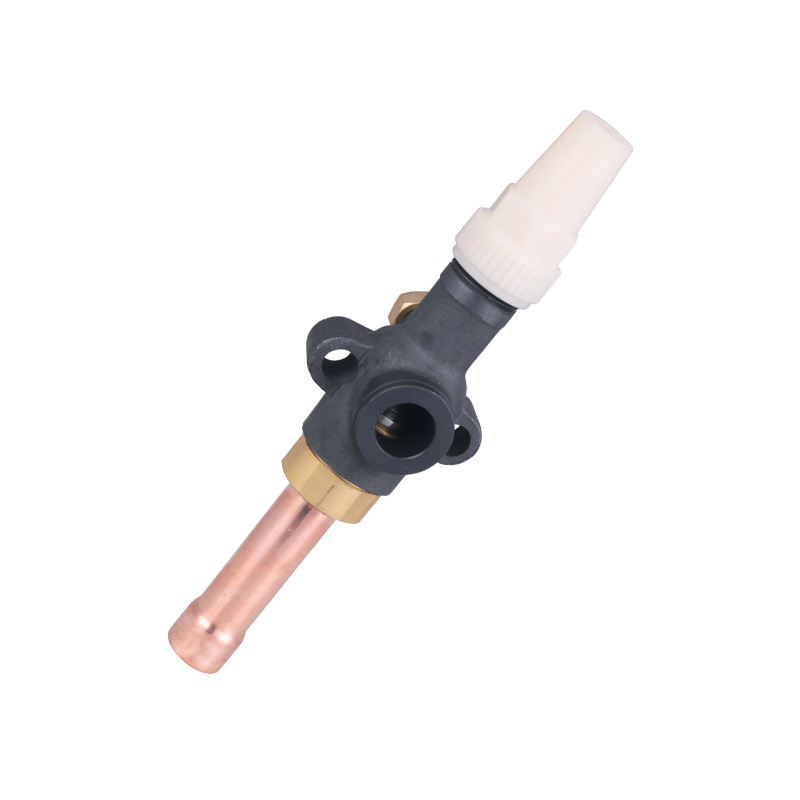
Advantages of Welded Ball Valve in Industrial Systems
A key characteristic of the Welded Ball Valve is its fully welded construction, which eliminates potential leakage points found in bolted or flanged connections. This design reduces maintenance needs and enhances operational reliability over time. In pipeline networks where fluid control is critical, such as in cooling machine for cold storage installations, using welded valves can prevent unexpected downtime due to leaks or component failure. By securing joints and less potential weak spots, these valves ensure a consistent flow and pressure control throughout the system.
Application in Cooling Systems
Cooling machine for cold storage setups rely on stable and efficient fluid circulation to maintain the desired temperature levels. In these systems, Welded Ball Valves serve an important function by regulating refrigerant or water flow between components. Their durability ensures that valves can withstand frequent temperature fluctuations and pressure changes, which are common in cold storage environments. Furthermore, welded construction helps prevent corrosion and contamination, extending the service life of both the valve and the cooling system. By integrating these valves, cold storage facilities can maintain consistent environmental conditions, protecting stored products from temperature variations.
Maintenance and Cost Considerations
Another reason Welded Ball Valves are chosen for industrial pipelines is their cost-effectiveness over time. Unlike valves with multiple seals or bolted connections, welded valves require fewer inspections and replacements. This is especially beneficial in systems where access is limited or where maintenance downtime could disrupt operations, such as in large-scale cold storage facilities equipped with advanced cooling machines for cold storage. While initial installation may demand skilled labor, the reduction in long-term maintenance costs can make the investment worthwhile for operational managers seeking sustainable solutions.
Integration with Modern Systems
Modern pipeline networks and refrigeration systems benefit from the compatibility of Welded Ball Valves with automated controls and remote monitoring setups. When installed alongside cooling machines for cold storage, these valves can be monitored for flow rate and pressure, allowing operators to adjust system parameters efficiently. This integration supports energy management goals by reducing unnecessary flow losses and ensuring that cold storage units operate within the intended specifications. Additionally, welded valves contribute to the overall reliability of the system by maintaining tight control over critical fluid pathways.
Welded Ball Valves present a practical and durable solution for pipelines across various industries. Their application in systems paired with cooling machines for cold storage highlights the importance of reliable valve technology in maintaining operational efficiency and controlling costs. By combining welded construction with the ability to withstand harsh conditions, these valves offer a sustainable approach to managing fluid flow in both industrial and commercial setups. With five references each to Welded Ball Valve and cooling machine for cold storage, it is evident that their role in modern pipelines is both significant and cost-effective.




 English
English русский
русский Deutsch
Deutsch
